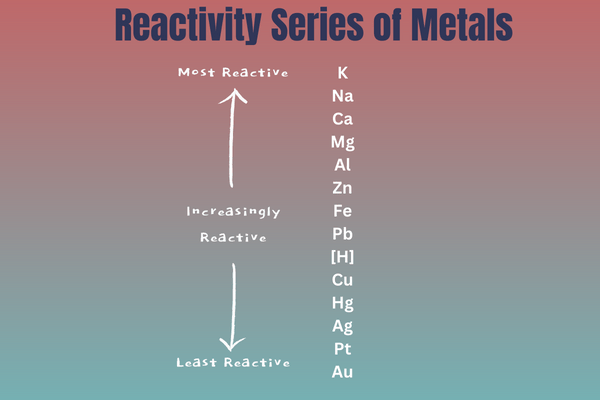India has seen the establishment of various committees and commissions on education throughout its history. These bodies have been tasked with examining and suggesting reforms to improve the education system in the country. While each committee and commission has made contributions, a critical analysis reveals both strengths and weaknesses in their approaches and outcomes.
1. Kothari Commission (1964-1966):
Strengths:
Comprehensive Approach: The Kothari Commission’s report, commonly known as the “Education Commission” report, presented a comprehensive analysis of the education system from preschool to university level. It addressed various aspects, including access, quality, curriculum, and vocational education.
Emphasis on Universal Education: The commission emphasized the need for providing education to all, irrespective of social and economic background. It advocated for the expansion of primary education and the removal of disparities.
Weaknesses:
Limited Implementation: Despite its progressive recommendations, the implementation of the Kothari Commission’s suggestions faced challenges due to lack of political will, financial constraints, and bureaucratic hurdles. Many of its recommendations remained unimplemented or partially implemented.
2. National Policy on Education (1986):
Strengths:
Focus on Universal Elementary Education: The policy recognized the importance of universalizing elementary education and aimed to achieve 100% enrollment and retention in schools.
Emphasis on Vocational Education: It acknowledged the need to align education with the demands of the job market and emphasized vocational education and skill development.
Weaknesses:
Lack of Adequate Funding: The policy suffered from insufficient financial allocation, resulting in a gap between policy intentions and actual implementation.
Inequality and Disparities: Despite the policy’s commitment to providing equal opportunities, it failed to address deep-rooted socio-economic disparities and regional imbalances in educational access and quality.
3. National Curriculum Framework (2005):
Strengths:
Emphasis on Holistic Development: The framework advocated for a child-centric, holistic approach to education, focusing on the cognitive, emotional, social, and physical development of students.
Promoting Pluralism and Diversity: It recognized the importance of respecting and appreciating India’s diverse cultural, linguistic, and regional heritage, promoting a more inclusive and pluralistic educational system.
Weaknesses:
Gap Between Policy and Practice: While the framework provided valuable guidelines, its implementation at the ground level varied significantly across states and schools. The prescribed reforms often did not materialize effectively in classrooms.
Examination-Centric System: Despite the framework’s emphasis on a broader view of education, the examination-centric culture remained dominant, limiting its impact on actual teaching and learning practices.
Overall, the committees and commissions on education in India have made significant contributions to shaping the education system. However, their impact has been limited by challenges in implementation, inadequate funding, and the persistence of deep-rooted inequalities. To truly transform the education landscape, there is a need for sustained political will, effective governance, increased investment, and a focus on bridging the gaps between policy and practice.

Rahul Kumar is a passionate educator, writer, and subject matter expert in the field of education and professional development. As an author on CoursesXpert, Rahul Kumar’s articles cover a wide range of topics, from various courses, educational and career guidance.



